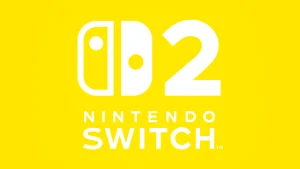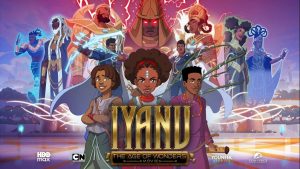The science fiction movies that have rocked the world are seldom up for debate, and almost never pushed forward as something worth another attempt. A film like 2001: A Space Odyssey may have sequels, but no one’s ever considered taking the Kubrick movie and outright giving it a fresh redo. On the flipside, the genre had such a distinct place in Hollywood’s output in the 1950s that a lot of concepts are introduced into the world before the visual effects were really there to sell their ideas. These movies brought us some of the best in the genre, at least on the second attempt.
It’s a testament to how great so many science fiction movies are out of the gate that a list like this is so short, as many movies stand the test of time decades later. Even when modern remakes are attempted of classic movies from the same era as what we’ve highlighted below, they result in something without charm or character (see 2008’s The Day the Earth Stood Still). There’s also the version of a sci-fi movie remake that utterly fails at even matching what inspired it (see 2012’s Total Recall). Below, though, are four movies that meet and exceed their predecessor, so much so that the originals often become the forgotten ones.
The 1958 original version of The Fly is not without merit, but it lives and dies by two things: the reveal of the actual fly make-up on the scientist that has been transformed, and the gut-punch ending where the fly with a human head shrieks for help as a spider descends on him. By that notion, David Cronenberg’s remake of the movie in 1986 not only exceeded the original in terms of its make-up, effects artists Chris Walas and Stephan Dupuis won an Oscar for their work on the movie, but in every other category.
Cronenberg’s film isn’t just a movie about science gone awry, a popular subgenre in the wake of the atomic age in the 1950s, but actually builds layers around it that make it compelling through multiple lenses. It’s a film about watching a loved one transform, be it from external factors like their career or succumbing to a disease, and it’s sold expertly by stars Jeff Goldblum and Geena Davis. The Fly (1986) clears every possible margin set by the original movie, giving us one of the most totemic examples of a remake better than the original, not to mention a classic movie that puts modern spins to shame.
Though only five years old at this point, Leigh Whannell’s The Invisible Man seems somewhat forgotten in the horror landscape. James Whale’s 1933 original movie is a direct adaptation of the H.G. Wells novel, but Whannell took the larger ideas of both and put them under a microscope that put a distinctly modern spin on the idea. In the film, he explores the idea of gaslighting and women’s stories not being believed by their friends, family, or the authorities.
Whale’s original film remains a masterpiece, though, which speaks only to the quality of what Whannell and his collaborators were able to accomplish. They created a movie that is not only able to conjure scares from the audience by simply having a door slowly creak open, but also by showing an empty room where nothing happens. It’s an effective exercise in stretching tension out of the concept in very simple ways. Whannell was already one of the best voices in modern horror, but his take on The Invisible Man pushed him into a new echelon as a filmmaker.
This isn’t anything you don’t already know, but we’re happy to confirm that, yes, John Carpenter’s 1982 The Thing is better in every way than 1951’s The Thing from Another World. Though the original film has noteworthy production design and effects for the era (save the monster itself), Carpenter’s production filmed on location in the tundra and delivered some of the best monster effects work of all time from Rob Bottin, easily outdoing its predecessor.
Like everything else on this list, Carpenter took the source material and expanded on it in ways that created a movie defined by the era it was made in and, as a result, became a timeless piece of art. The paranoia at the heart of John W. Campbell’s novel certainly exists in the original movie, but it becomes the focal point of Carpenter’s movie and drives every conceivable character moment, forcing the audience to question what is real at any given moment, along with the cast. The Thing is not only one of the best remakes, it’s in contention for one of the best movies ever, period.
Have you figured out the pattern yet for what makes a sci-fi movie remake better than what came before it? Hint: We’ll talk about it again here.
Steven Spielberg’s 2005 redo of the classic novel has two key differences working in its favor compared to the 1953 original movie (and even any other adaptation): the film has visual effects that stand the test of time (including the sound design of the Tripods themselves), but also simplifies the scope of the story to reflect a modern lens.
In the shadow of 9/11, Spielberg’s movie harkens to specific imagery of an attack on American soil and the destruction of idyllic views that have felt safe for decades. He utilized what everyone had watched on the news for decades to make his movie have a specific punch, the kind of thing previously done by Orson Welles with his legendary radio broadcast. By removing the larger aspect of government and military response to the incident, and instead focusing on how a family attempts to survive and stay together through an uncertain catastrophe, Spielberg revitalized the concept and ideas into something unique.
The post 4 Sci-fi Movie Remakes That Are Actually Better Than the Original (And You Forgot About One) appeared first on ComicBook.com.




